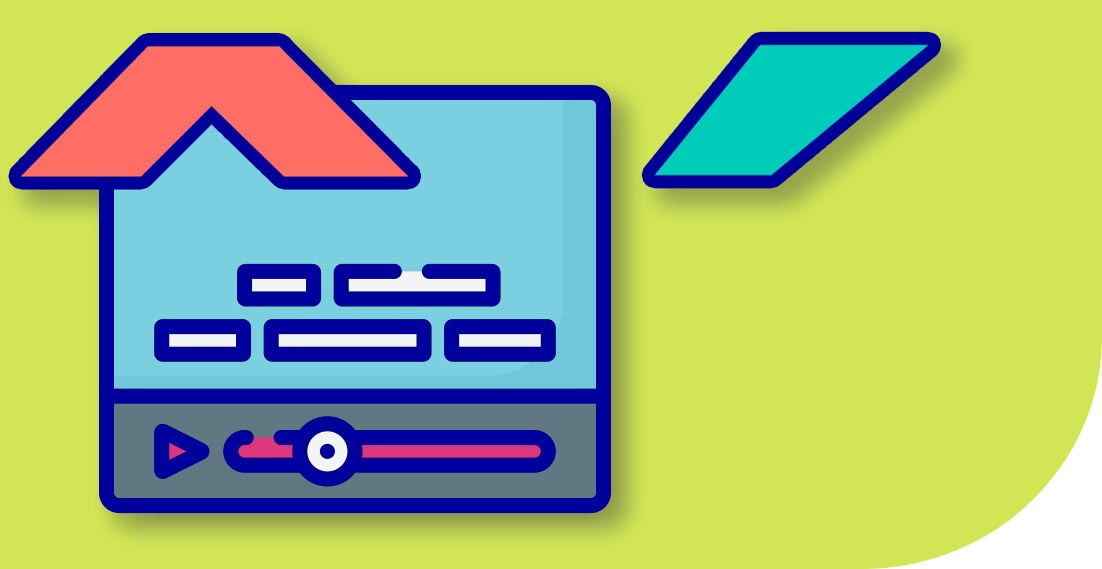How to translate videos and create subtitles for movies?

Cinematic releases, Netflix, Disney, Amazon… Occasionally, we all go to the movies or use streaming platforms to watch them. Sometimes you return to your favorite items or reach for new ones in a similar or different climate. But have you ever wondered what the process looks like when translating movie texts and creating subtitles to reach a broad audience?
Join us and work as a translator
Dubbing, subtitling, voiceover… These terms cover different practices depending on the time and place. They all refer to one thing: translating a film dialogue to make it accessible to viewers who speak other languages while maintaining full readability, respecting the rules of linguistic correctness and all the nuances that determine the success of a production.
Subtitles for foreign language films
The most common method of film translation is subtitling, allowing viewers to hear the original character’s voice while reading the translated subtitles. Achieving a high-quality result requires a thorough understanding of the culture of both languages and an awareness of cultural differences. All this is done to ensure that the translation perfectly reflects the expressions and linguistic phrases of the original. Having the right linguistic competence also allows you to move freely among all linguistic flavors with their slang, vulgarisms, common phrases, proverbs, idioms, jokes and puns.
Another important aspect is that the translator must adjust the length of the sentences to give the audience time to read them.
Types of subtitles:
- In the language of the film.
- In another language.
- Subtitles for the hearing impaired.
- Live captioning used for real-time events.
Dubbing
Dubbing involves adding foreign-language dialogues to existing footage. They are spoken by voiceover artists who are also native speakers of the target language. As long as the principles of synchronicity and naturalness of language are observed at the post-production stage, dubbing can give the illusion that it is the original dialogue track of the film.
Transcription
Linguistic transcription is the reproduction in written form of the texts of a video or audio recording. There are two main types of transcription: literal and natural. In both cases, it is important to remember to maintain correct punctuation, syntax and spelling.
Time
Interestingly, we pick up the audio recording faster than we read. Subtitles that are too long will make the viewer unable to keep up with the scene and dialogue changes. To avoid the risk of completely disrupting the reception of the film, subtitles should not take up too much visual space and should consist of a maximum of two lines of 38 characters each. Thus, brevity is the most valuable factor. The lines should match the pace of the actor’s speech and the movement of the image. The combination of these elements is quite a challenge for the translator. It involves using abbreviated language techniques (repetition, elimination, simplification) while precisely adjusting the vocabulary used to the context, age and background depending on the audience.
Deciding which elements to keep and which to omit to allow the viewer to focus on enjoying the film is the essence of a film interpreter’s job.
Sync
In the case of dubbing and voiceover, it is crucial to synchronize the spoken text with the situation taking place on stage, with the mouth movements of the actors and their gestures
Real effect or marketing effect?
INTERFERENCE WITH TARGET CONTENT
We must remember that this type of translation is decidedly different from traditional translation, where the translator’s work is reduced solely to the faithful translation of the content in the source language into the language of the recipient. It also does not involve the literal translation of the content.
In audiovisual translation, it is quite different. It is the genre that determines the translation method, which is a significant complication. In feature films, the translator can exercise a certain degree of freedom, provided that the meaning of the message is not distorted. However, the preparation of subtitles for a documentary requires all detailed elements, proper names, technical terms, phenomena or facts to be preserved so as not to mislead the audience.
One issue can therefore be explained in many ways. It all depends on the genre. Translators of films must constantly make selections and adaptations, using all available means of artistic expression of the written word so that the translation of the text fits into the convention. His knowledge of the language and dexterity in juggling words determine success or failure.
Indeed, “good” does not always mean “right ” marketing. Unfortunately, the film distribution market imposes its own laws. This also explains why some English film titles were never translated or when their translation had nothing to do with the original, but statistically, they sold well.
We all remember such movie titles as: “Swirling Sex” (“Dirty Dancing”) or “Orbiting Without Sugar” (“Reality Bites”). There are also other examples: “Half Joke, Half Serious” (“Some Like It Hot”), “Comrades in Arms” (“La Grande Illusion”), “At Any Cost” (“Million Dollar Baby”), “Die Hard” (“Glass Trap”).
Indeed, the film’s title is supposed to summarize about two hours of the film. It should be evocative and expressive. It also needs to be politically correct for the distributor’s target region or conversely, it should stir up controversy to gain publicity.
Movie subtitles
We already know that professional translators should do translations for movies and TV series. However, what if we do not have the opportunity to commission such a translation at the moment? Is there an “on-the-spot” solution? Do we have the chance to translate a few lines of text as a hobby?
Of course, you will be helped by subtitle generation software that automates the entire process. With it, you can download translated text for a whole movie in just a few minutes. However, depending on the tool, you will get different quality, sometimes full of spelling or stylistic errors; although reading such subtitles, you will certainly understand the context of the speech.
While a mechanical translator will not replace human skill with its ever-evolving intelligence, it can translate from a given language. Such automated translation requires linguistic correction before it reaches a broader audience.
Programs for automatic translation of subtitles for YouTube videos
Content creators with their own YouTube channel can use the platform’s voice recognition technology to automatically generate and display subtitles when a new video is uploaded. Currently, this option is only available for the following languages: Russian, Japanese, English, Portuguese, German, Spanish, Korean, French, Italian and Dutch.
What program to choose for translating videos by ear
You must first extract their audio and convert it to text to translate videos. Once you have the transcription, you can automatically translate it, usually from the software user’s dashboard. A well-known program that enables such services is Happy Scribe, which can translate videos into German, English, French, Italian, Japanese, Spanish, Dutch, Polish, Portuguese, Russian, and Mandarin.
YouTube voiceover addition feature
The Internet offers many solutions that we can realize on our own. Using free applications for transcribing texts or editing subtitles for movies or even voiceover versions is an easily accessible solution.
To add a voiceover feature, click the video’s thumbnail, then SHOW MORE and select the language of the video in the Video Language section.
It would be best if you remembered, however, that the generated, processed content that is the result of translation should be correct and checked by a specialist before it is reproduced and shared.
Therefore, trust the specialists. By entrusting the translation to professional translators, you are guaranteed to receive high-quality content in the target language variant.
Translations for movies at lingy.uk
That’s why, at lingy.uk, we offer movie translations considering customer preferences. We are an online translation agency with years of experience – we act quickly and professionally. If you are interested, be sure to check out our offer.
Join us and work as a translator
Why are advertising campaigns not effective? 3 reasons related to the challenges of marketing translations
Learn about the 3 causes of ineffective advertising campaigns related to marketing translations.
Transliteration – translation challenges not only in the logistics industry
A mistake made due to a incorrect translation or rather transliteration can lead to serious operational and legal consequences, as we discuss below.
How to publish a book? Translation tips and more
How can you publish your own book? Before you make a decision, get to know the advantages and disadvantages of the proposed solutions, including in the context of possible book translation.
Website translation – a proposal for Women’s Day not only for e-commerce
The upcoming Women’s Day is the perfect opportunity to plan special marketing campaigns to reach new audiences. E-commerce companies are keen to introduce dedicated offers during this period. They also decide to expand abroad to tap the potential of international markets, also on everyday basis, outside special holiday periods. In this context, website translation plays a key role.



